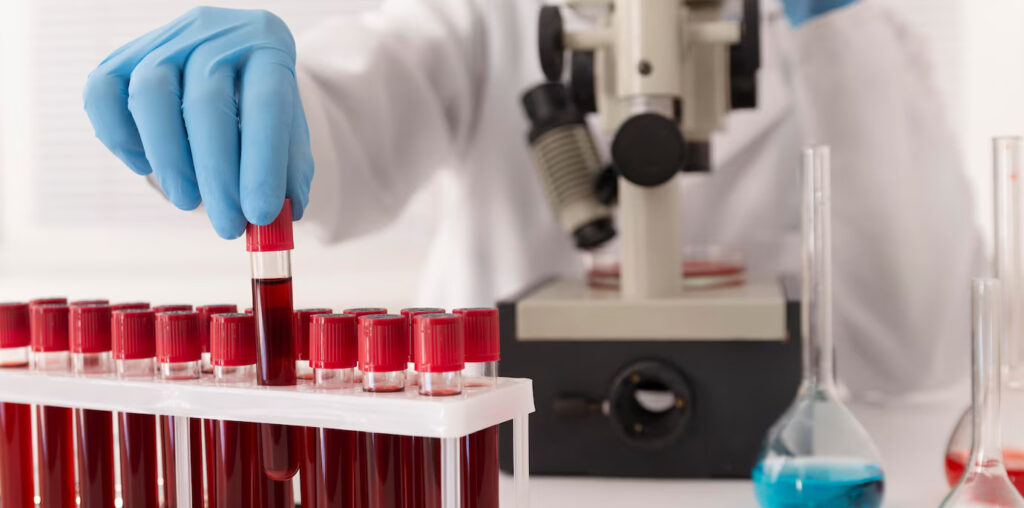Medical testing equipment plays a crucial role in diagnosing and monitoring various health conditions. Whether you are a healthcare provider, a laboratory technician, or a hospital administrator, selecting the right equipment is essential for accurate results and efficient patient care. This guide will help you understand the key factors to consider when purchasing medical testing equipment.
1. Understanding Different Types of Medical Testing Equipment
Medical testing equipment comes in various forms, each designed for specific diagnostic and monitoring purposes. Some of the essential categories include:
a) Diagnostic Equipment
- Blood Pressure Monitors—Used for measuring blood pressure levels.
- Electrocardiogram (ECG) Machines—Detect heart conditions by measuring electrical activity.
- Ultrasound Machines—Utilize sound waves to create images of internal organs.
b) Laboratory Testing Equipment
- Centrifuges—Separate substances in blood and other fluids.
- Spectrophotometers—Analyze the chemical composition of samples.
- Blood Analyzers—Detect and measure blood cell counts and chemical levels.
c) Imaging Equipment
- X-ray Machines—Produce images of bones and tissues.
- MRI Scanners—Provide detailed imaging of organs and soft tissues.
- CT Scanners—Offer cross-sectional images of the body.
d) Point-of-Care Testing (POCT) Devices
- Glucometers—Measure blood glucose levels.
- Pulse Oximeters—Monitor oxygen saturation in blood.
- Rapid Test Kits—Provide quick results for conditions such as COVID-19, pregnancy, and infections.
2. Factors to Consider When Buying Medical Testing Equipment
a) Accuracy and Reliability
Ensuring the accuracy of test results is paramount. Look for equipment that meets international standards and has been tested for reliability.
b) Compliance with Regulations
Medical equipment must comply with regulatory bodies such as the FDA (Food and Drug Administration), CE (Conformité Européenne), or ISO (International Organization for Standardization).
c) Ease of Use and Training
User-friendly equipment reduces errors and increases efficiency. Choose models that come with comprehensive training and support.
d) Maintenance and Warranty
Check for service agreements, warranty coverage, and the availability of spare parts. Regular maintenance is crucial for long-term performance.
e) Cost and Budget Considerations
While advanced equipment may come with a higher price tag, consider the long-term benefits, including reduced downtime and better patient outcomes.
3. Where to Buy Medical Testing Equipment
You can purchase medical testing equipment from:
- Authorized Distributors—Ensure genuine and high-quality products.
- Manufacturers— Direct purchases may offer better pricing and customization.
- Online Medical Suppliers—Convenient for comparing different brands and models.
- Hospital Equipment Auctions—A cost-effective option for refurbished equipment.
4. Tips for Making the Right Purchase
- Research Brands and Reviews—Read feedback from other buyers.
- Request Demonstrations—Hands-on experience helps in decision-making.
- Compare Multiple Options—Check features, pricing, and warranties.
- Consult Experts—Seek recommendations from industry professionals.
Conclusion
Investing in the right medical testing equipment is essential for providing accurate diagnostics and efficient patient care. By considering factors such as accuracy, compliance, ease of use, and budget, buyers can make informed decisions that benefit both healthcare providers and patients. Always choose reliable suppliers and conduct thorough research before making a purchase.




